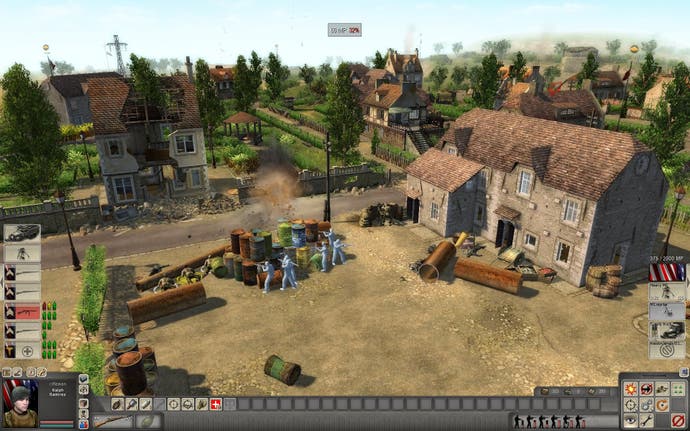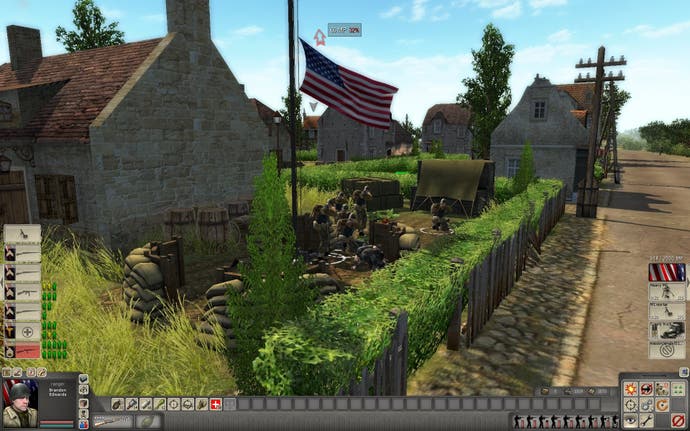Men of War: Assault Squad
All riot on the Eastern Front.
Think of a World War II real-time strategy title and Relic's Company of Heroes immediately springs to mind. It was like Dawn of War's serious older brother. Or better still, Band of Brothers: The Game, with production values to match.
2009's Men of War feels like the only major development in the genre since. While it lacked a little of CoH's Hollywood sheen, it more than made up for that with detail, historical focus and sheer, mud-chucking brutality.
Assault Squad is the second expansion in the series, excluding a standalone (a third one – Vietnam – is also in the works). It continues Men Of War's unique tradition of memorable, hand-carved missions, each of which is a tight bundle of tactical puzzles in its own right. There are 15 new missions in total, designed for single or co-op play, set across German and American campaigns.
The early missions we've played so far are chewy and delicious. If ever a game denied the tank-rush philosophy it's Men Of War, and the required leapfrogging of combined arms across the map simulates the tooth-and-nail consolidation of territory with authenticity.
Each mission starts you off with a handful of infantry and a small pool of production points. Enemy-held territorial capture-points are your step-by-step goals; they provide a boost to your production-point income and unlock new purchase options.

In addition, missions present you with a set of conditions which must be met before key units become available. The American assault on Caen, for example, requires you to capture the town before armoured units can be fielded. Own the roads and the Shermans can roll in.
What really characterises the experience is the slow sense of progression in each mission and the requirement for thoughtful application of resources. Run a bunch of infantry at a defended position and they'll get ventilated by machine-gun fire. Roll a column of tanks up a road – even high-end models such as the Tiger – and they'll get picked off in pretty short order by AT-guns.
Any unit which advances unsupported is a wasted asset, because the enemy rarely fields a rock without a sheet of paper and a pair of scissors to hand.

Moreover, consolidating your battle-lines is crucial. If you stall after capturing two out of three command-points in an area, the AI will reinforce the remaining point and start poking back. If your enemy builds up enough forces in the area, he'll send flanking forces trotting down the map to threaten your new recruits as you order them in. As we've discussed, lone forces never survive very long.
To make matters more strikingly brutal, vision-ranges are considerably longer – realistically so – than in most other RTS games. Roads are particularly nasty as they offer no cover, and a concealed unit can play absolute havoc with lone advancing troops and vehicles.
Much of which will be familiar to players of Men Of War. As will the immense detail in every map, many of which are colossal.
